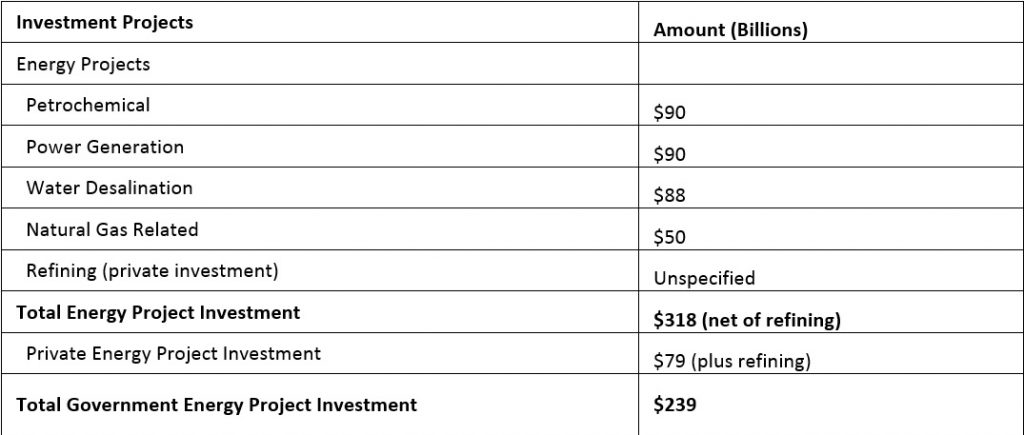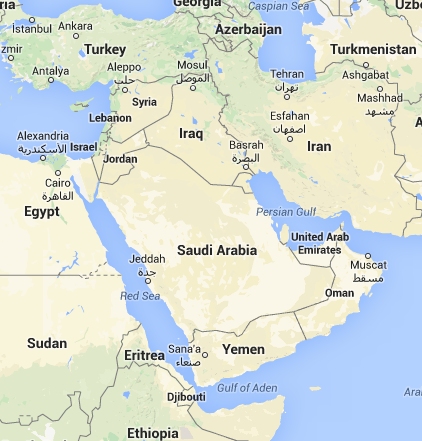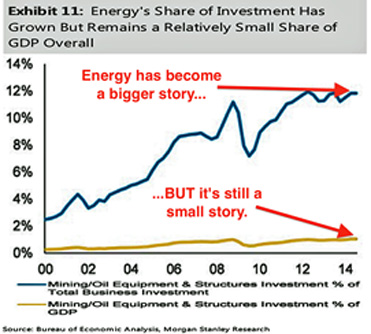OPEC Self-Destruction Thanks To Saudi Oil Strategy?
This article shows that the Saudis cannot achieve, or even come close to, their estimated 2014 net export revenue if they prolong their current strategy. This doesn’t mean the Saudis won’t stay the course despite its peril to their own situation. To repeat the two modified Keynes quotes: This doesn’t mean the Saudis won’t stay the course despite its peril to their own situation. To repeat the two modified Keynes quotes at the beginning of this article: “A government can stay irrational longer than it can stay solvent.” “Even in the short term, you’re dead, if you commit suicide.”
“A government can stay irrational longer than it can stay solvent.”
“Even in the short term, you’re dead, if you commit suicide.”
OPEC Self-Destruction Thanks To Saudi Oil Strategy? Read More »










